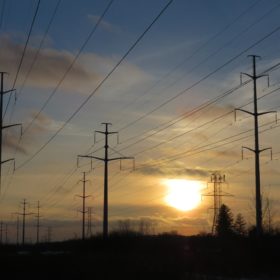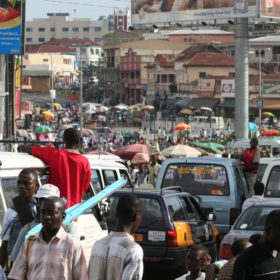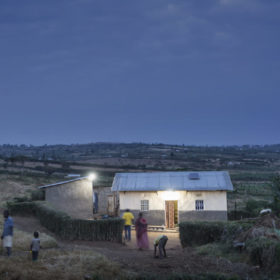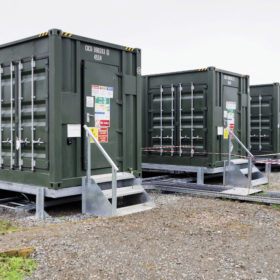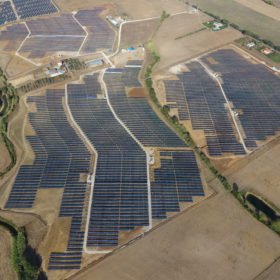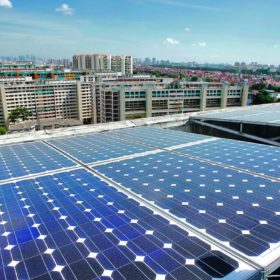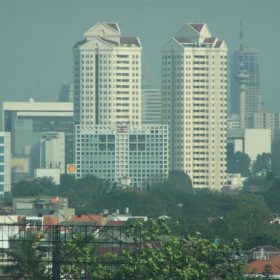French start-up launches solar engine
The invention converts the energy produced by PV cells directly into mechanical motion without the need for batteries or power electronics. Its developers claim the robustness of the solar motor can drive water pumps and ventilation turbines for more than 20 years without the need for maintenance.
Solar-plus-storage vs grid enhancement
Ontario’s Independent Electricity System Operator will implement a pilot project for a future electricity market based on PV, storage and smart power consumption. The utility says the project will be a cheaper, more efficient alternative to expanding grid infrastructure.
Pay-as-you-go solar startup receives $5m from EU
PEG Africa, a company offering pay-as-you-go solar to consumers and businesses in West Africa has received a $5 million investment from European Union initiative ElectriFi. The company says it has now secured more than $50 million and plans a major expansion.
Engie expands presence in Africa with acquisition of Mobisol
Already active through subsidiary Fenix International and start-up Engie PowerCorner, the French energy giant is expanding further by acquiring Mobisol, an off-grid systems specialist with operations in Kenya, Tanzania and Rwanda.
Kenyan government blamed for sluggish progress of solar
Two solar farms with 80 MW of generation capacity tendered in 2017 are being built and will be commissioned this year but another two, allocated at the same time, are no nearer construction. Kenya, however, has been touted as the site of Africa’s first wind-solar-storage hybrid project.
Canadian researchers have done the math on optimizing PV output
Mathematicians at Canada’s University of Waterloo who turned their attention to solar power have developed an algorithm they say offers better control over PV plant output. The researchers estimate the algorithm could improve the output of a 100 MW power plant by almost a million kilowatt-hours per year.
Octopus adds 300,000 customers and launches community energy JV
Another large scale transaction by the electricity and gas supplier has enhanced its standing in the U.K. energy market, with the business now counting more than one million customers.
Karnataka leads Indian states in new rooftop PV attractiveness index
The Indian state of Karnataka has snagged the top spot on the Ministry of New and Renewable Energy’s State Rooftop Solar Attractiveness Index.
Indian university to operate solar microgrid pilots
The Indian Institute of Technology (IIT) Kanpur has issued an expression of interest to set up three solar-backed microgrid projects in the Indian state of Uttar Pradesh. The deadline for submissions for prospective developers is Aug. 30.
Indonesia’s vast rooftop potential
The nation’s roofs could host up to 655 GWp of solar generation capacity a recent solar mapping exercise found. But a wider understanding of the benefits of solar, combined with incentives, would be required to unlock a potentially transformative energy development.

